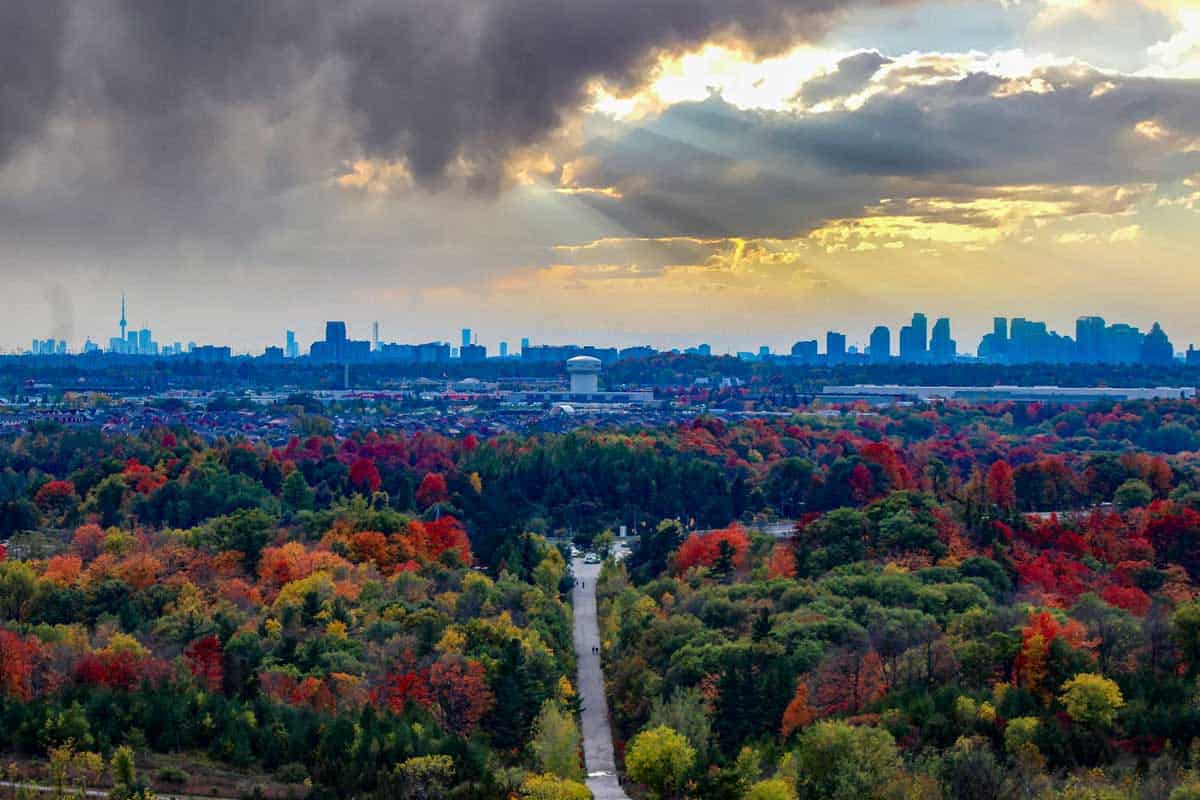Rouge National Urban Park expanding thanks to transfer of conservation lands in Pickering
Published November 17, 2024 at 8:11 pm

Rouge Park is about to get a whole lot bigger with the transfer of 119 hectares of conservation land in Pickering to Canada’s only national urban park.
Ottawa is also contributing nearly $1 million to the Toronto and Region Conservation Authority (TRCA) – the land doners – for restoration work in the park.
“We are protecting a hub for nature within the busiest region of Canada, by working to secure and restore lands within Rouge National Urban Park,” said federal Environment and Climate Change Minister Steve Guilbeault, who is also the minister responsible for Parks Canada. “This progress is thanks to the dedicated efforts of Indigenous communities and local partners like the Toronto and Region Conservation Authority — which will ensure that wildlife and nature can thrive while ensuring families can access the outdoors now, and for generations to come.”
The announcement was made Friday by Crown-Indigenous Relations Minister (and Scarborough-Rouge River MPP) Gary Anandasangaree, who said Parks Canada and the TRCA would be consulting with Indigenous partners about the transfer.
“Our government and Parks Canada deeply values its collaboration with Indigenous partners and Toronto and Region Conservation Authority in the management of Rouge National Urban Park,” Anandasangaree said. “Together we recognize the possibilities in Rouge’s precious natural, cultural and agricultural resources and landscapes.”
Anandasangaree called the announcement “another step forward” in expanding and protecting the park’s ecosystems and “creating even more vibrant places for GTA residents to discover and connect with.”
The $949,940 in funding from the federal government will be used for habitat restoration along the two watersheds to improve landscape connectivity, essential ecosystem functions and overall watershed health in the country’s largest urban area. This work will aim to improve the ecological integrity of approximately 25 hectares of aquatic, riparian and terrestrial habitat in Rouge National Urban Park and in the Rouge River and West Duffins Creek watersheds.
The agreement will also help to achieve Ottawa’s commitment to planting two billion trees over the next 10 years to reduce carbon emissions, mitigate flooding and counteract climate change.
TRCA CEO John MacKenzie said the transfer of environmentally sensitive lands in the watersheds will help preserve the “unique ecosystems” in the area.
“Protecting these essential greenspaces in Parks Canada ownership ensures Canadians can continue to appreciate and benefit from these cherished natural landscapes for generations to come.”
The TRCA has transferred more than 2,200 hectares of land to Parks Canada for inclusion in Rouge National Urban Park since 2025. In that time, Parks Canada, working in collaboration with the TRCA, Indigenous partners, farmers, municipalities, schools and volunteers, has initiated and completed 137 ecological restoration and farmland enhancement projects that have restored 92 hectares of wetland habitat, 142 hectares of forest habitat and five hectares of meadow habitat, including the planting of more than 300,000 native trees and shrubs.
The original Rouge Park was established in 1995 by the province in partnership with Toronto, Pickering and Markham and originally consisted of about 40 square kilometres of habitat along two major watersheds.
The Rouge National Urban Park was officially established in 2011 and has nearly doubled in size since 1995.
The park, now one of the largest urban parks in North America, is home to 1,700 species, including more than 1,000 plant species, 247 bird species, 73 fish species, 44 mammal species, and 27 reptile and amphibian species.






